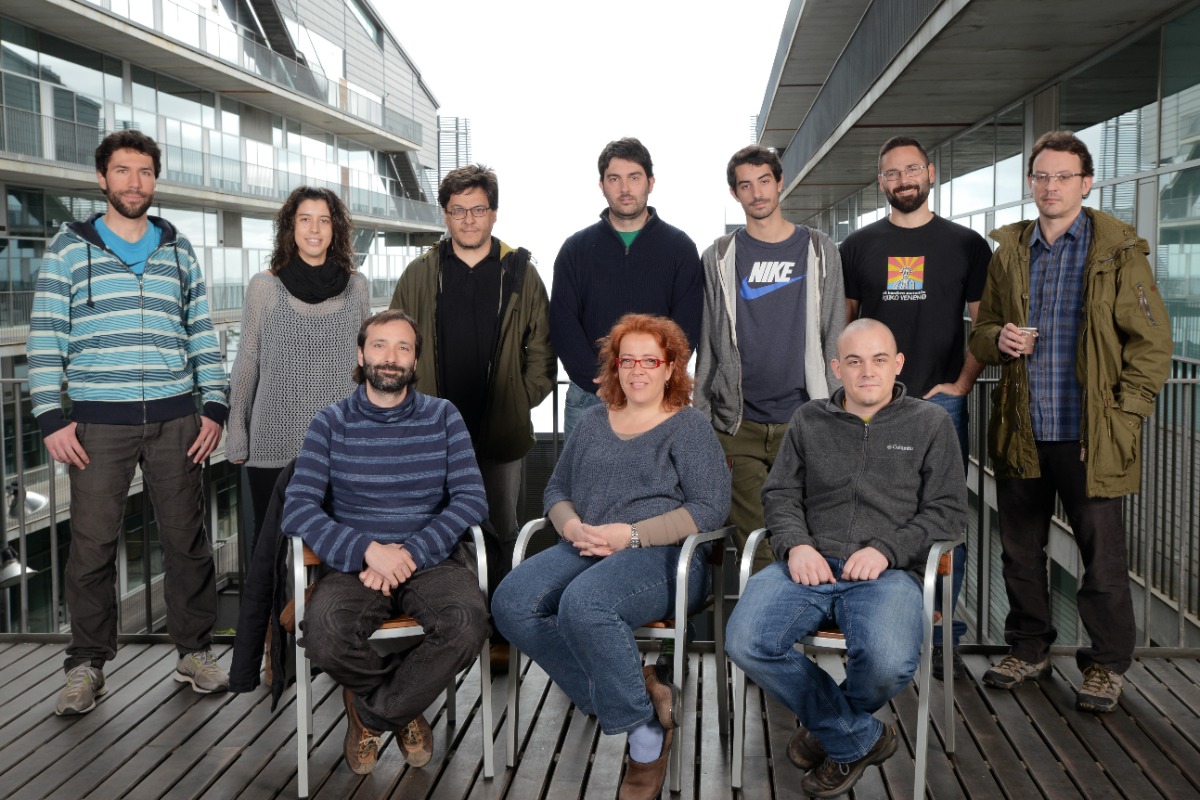Searching for the origins of the first protoorganisms
Searching for the origins of the first protoorganisms
Scientists at Pompeu Fabra University study the conditions conducive to the evolution of multicellular organisms.

The emergence of multicellular organisms 600 million years ago represents a major challenge for biologists. Scientists at the Complex Systems Laboratory group of the Department of Experimental and Health Sciences (DCEXS) at UPF and the Institute of Evolutionary Biology (CSIC-UPF), are studying the necessary conditions to evolve virtual multicellular organisms from cells of reduced complexity. The results are published in the Journal of the Royal Society Interface.
Different lineages of multicellular creatures have appeared throughout evolution. Multicellularity provides several benefits: protection from predators, cooperation rather than competition when foraging ... For this reason, natural selection has benefited multicellularity to the point of giving rise to the broad diversity that is part of our current biosphere. However, groups of cooperators are normally exposed to defectors: cells that get the benefits of participating in the group without contributing the associated costs. One key example of defectors in our bodies are tumours: cell lines in which the interests of the cell have been put before the interests of the organism. The danger of these dynamics is obviously the death of the organism. To keep uncooperative mutants at bay, multicellular systems must develop mechanisms to discriminate between self and others, a multicellular identity.
The scientific team led by Ricard Solé, ICREA researcher and head of the Complex Systems Laboratory of UPF, has studied the conditions that promote the creation of a multicellular organism capable of generating an identity mechanism and thus prevent defectors. The authors of the study observed the evolution of cell populations located in one same environment containing both limited nutrients and toxic substances. In these populations, they observed the selection of characteristics typical of a primitive multicellular organism (or protoorganism): differentiation, robust development of structures and the emergence of collective fitness.
Many of the multicellular organisms of today display intricate organizational patterns implemented by developmental programmes, which are tightly controlled by genetic networks”, comment the authors. “But an early stage might have involved physical aggregation phenomena that could have given rise to some kinds of cooperating multicellular aggregates”. This implies the existence of a wide range of possible multicellular entities located between what are known as simple cell aggregates and complex multicellular organisms with development programmes.
Work of reference: Salva Duran-Nebreda, Adriano Bonforti, Raúl Montáñez, Sergi Valverde and Ricard Solé. Emergence of proto-organisms from bistable stochastic differentiation and adhesion. Journal of the Royal Society Interface, Abril 2016. DOI: 10.1098/rsif.2016.0108
